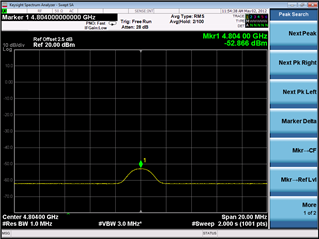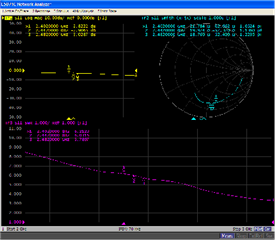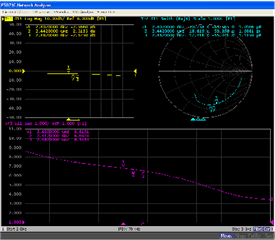Other Parts Discussed in Thread: CC2340R5
Tool/software:
Hi TI team
Would you mind sharing us the best maching in CC2340R5-Q1 RF design?
One thing we confuse, We use default matching(from chip 1.5pF 2.8nH 1.5pF), which is the same as TI 2340R5 RF design, and we get S11 as below picture:

When power up DUT without sending cmd and get S11 Smith: When power up DUT with sending RX cmd 01 1d 20 01 00, S11 Smith:
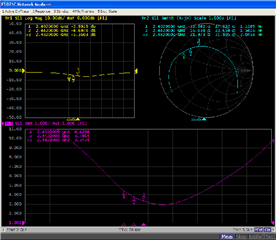
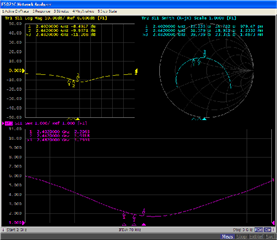
Later, We tuned matching(from chip 1.5pF 2.8nH 2.0pF), which is more close to center of smith, and we get S11 as below picture:

When power up DUT without sending cmd and get S11 Smith: When power up DUT with sending RX cmd 01 1d 20 01 00, S11 Smith:
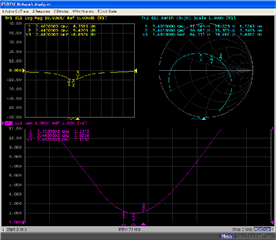
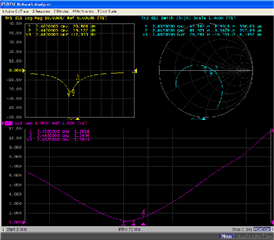
Then we use IQfact+ to test RF performence, we found power of maching1(1.5pF 2.8nH 1.5pF) is better than Maching2(1.5pF 2.8nH 2.0pF), but the sensitivity is almost same:

Now we want to ask you to learn whiching matching is better? And in Smith about CC2340R5-Q1, where is the best location for the matching in CC2340R5-Q1 RF design?
Our antenna Matching is almost in center of Smith. We also confuse that if we want get the best power in TRP, How can we tune Front-end matching in RF design, based on TX mode matching or RX mode matching?
In a word, How can wetune Front-end matching, in order to get best performence, in the case of Antenna matching is OK?
Best Regards,
Annie



